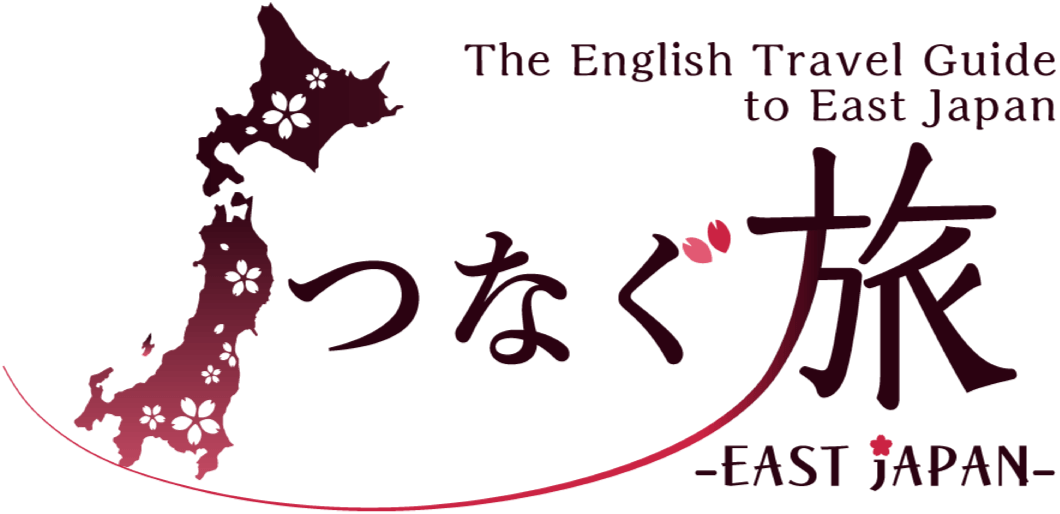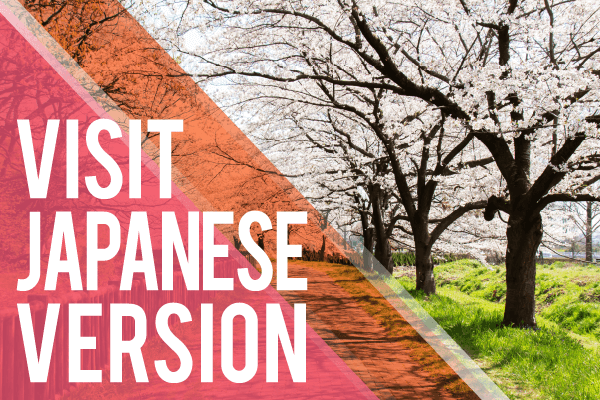- hachinohe
- akita
- aizu
- sanjo
The Fascinating Scenic Beauty of Edo Period Gardens and Castles. A Leisurely Journey Exploring the Castles and Gardens of Eastern Japan.
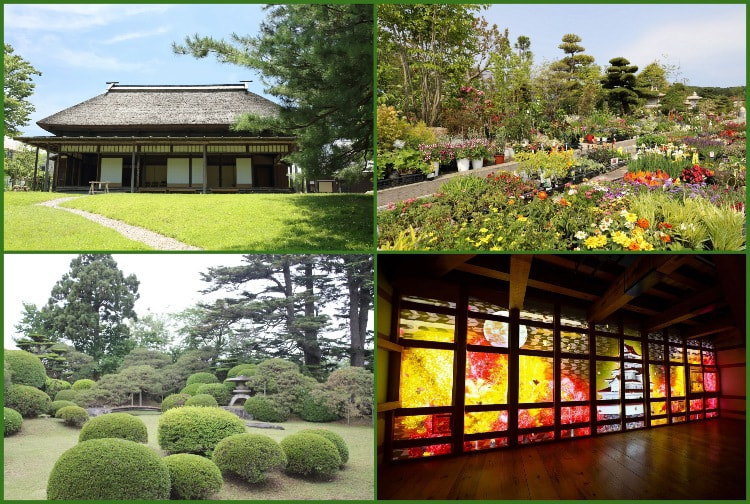
This is the perfect plan for those wondering "Where should I go during the holidays?". We have some trail recommendations that will allow you to immerse yourself in history and find solace in Japanese gardens and landscapes. Allow time to stand still and relish in a leisurely experience amidst the scenic landscapes carefully preserved over generations. It is recommended to check in advance for updates as some spots may host seasonal events.

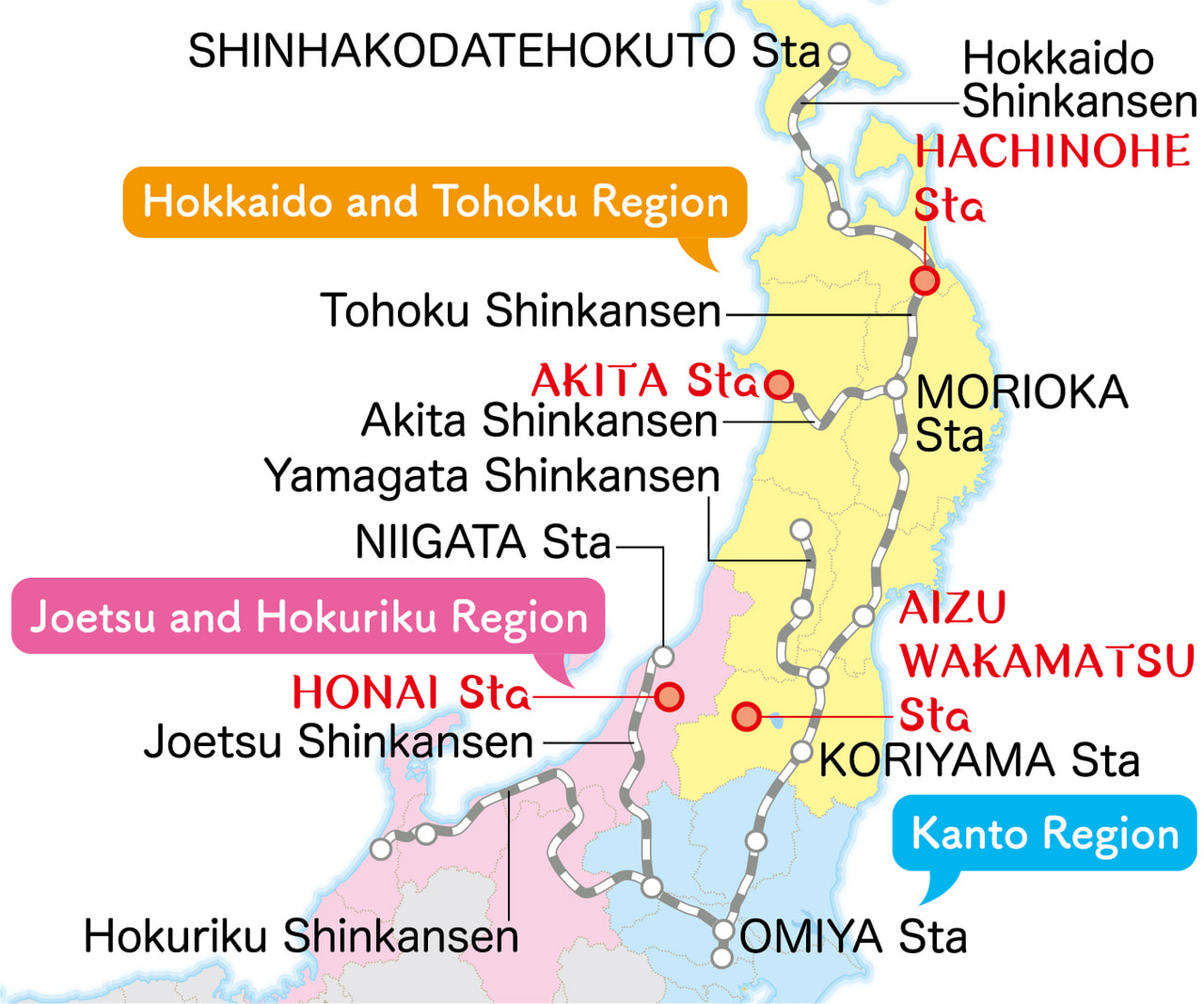
Starting from Hachinohe Station, take the Tohoku Shinkansen to Morioka Station, then transfer to the Akita Shinkansen and ride to its final destination, Akita. On the next stage of the journey, continue on the Shinkansen via Sendai and head towards Koriyama, then transfer to a local train and make your way to Aizu-Wakamatsu Station. Finally, for the final destination, take a combination of local trains and highway buses to reach Honai Station. Please note that the transfer times and modes of transportation may vary depending on the time of day, so be sure to search for appropriate transportation options based on your schedule.
"Hachinohe Nambu Clan Garden" in Hachinohe city Open to the general public for free during autumn and spring! This garden was created by Nambu Nobuyuki in the late Edo period.
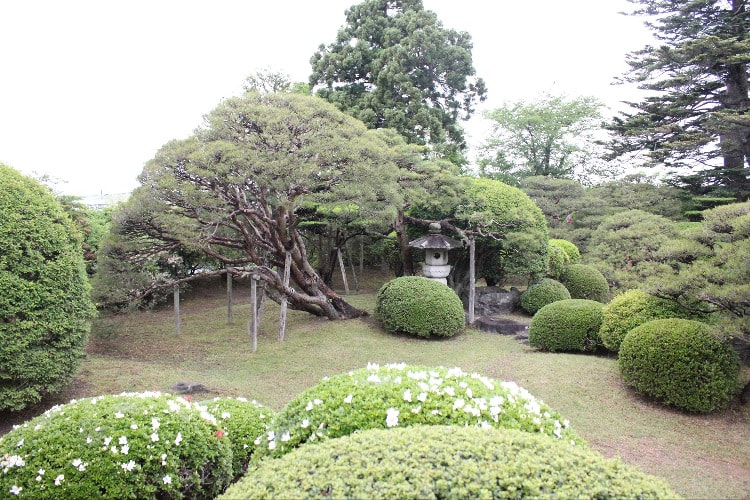
The Hachinohe Nambu Clan Garden(pictured) was created in 1847 (Kōka 4) with the arrival of Nambu Nobuyuki, who was appointed as the 9th lord of the Hachinohe domain from the Shimazu family of Kagoshima in the late Edo period. The garden features over 30 pine trees, azaleas, and several hundred-year-old fir trees. On clear days, visitors can enjoy a picturesque view of the magnificent Hakkoda Mountains in the distance. This garden is open to the public free of charge twice a year during spring (for about four days in late May) and autumn (for about four days in early November).
DATA
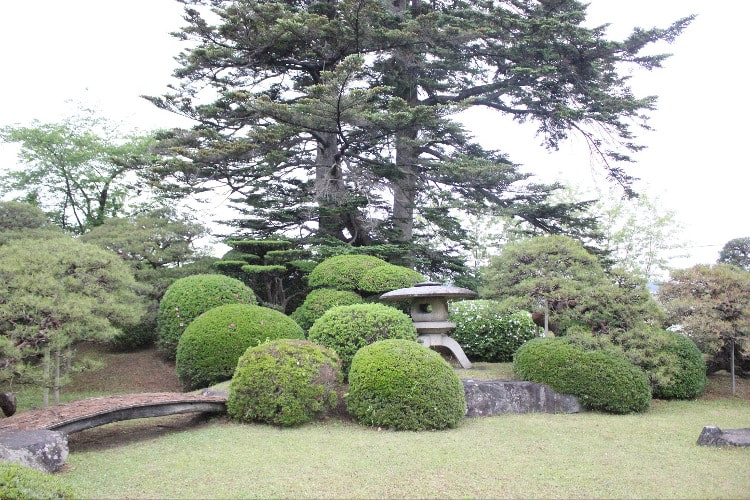
Former Akita Clan Lord Satake's Villa (Nyojitei) Garden: A Peerless Beauty in Tohoku, Nationally Designated as a Place of Scenic Beauty.
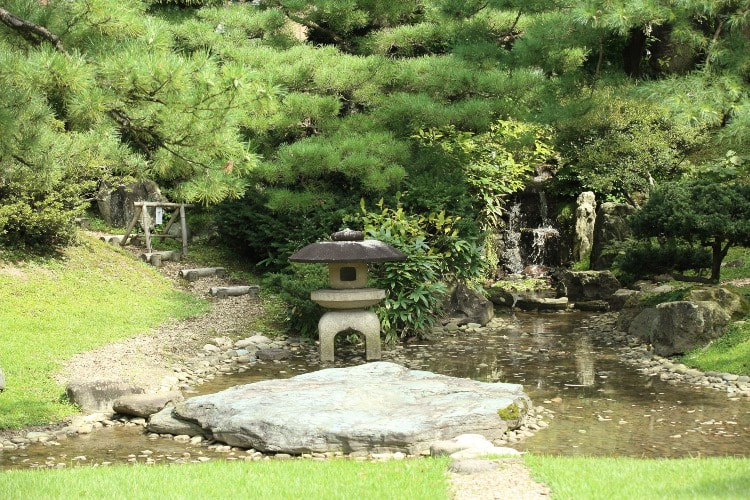
Joshitei - National scenic beauty Former Lord of Akita Domain Satake’s villa (pictured) - originally began during the Genroku period of the Edo era when Satake Yoshiuzmi, the third lord of Akita Domain, developed a villa on land granted to his vassals, the Oshima family. It later became the resting place for the domain lord and was named "Joshitei" by the ninth lord, Satake Yoshimasa, inspired by a passage from the Analects of Confucius: " [Time] passes on just like this, not ceasing day or night (逝者如斯夫、不舎昼夜)" It was used as a place to entertain guests and as a hub for cultural exchange among literati both within and outside the domain. After its opening in 2017 (Heisei 29), Joshitei started offering public experiences, for example, observing ikebana (flower arrangement) and displaying hina dolls. The admission fee is 210 yen for adults, 160 yen for groups of 20 or more, and free for high school students and younger.
DATA
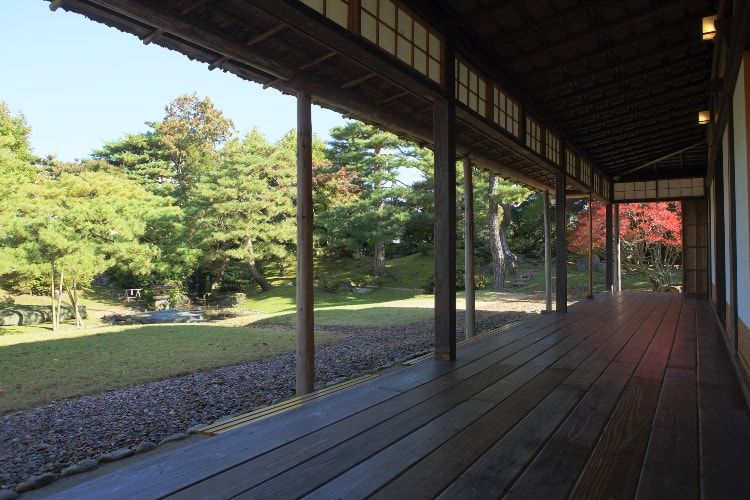
"Tsuruga Castle" in Aizuwakamatsu City Symbol of the Renowned Aizu Domain, Ruled by Famous Generals! Renovated Castle Tower.
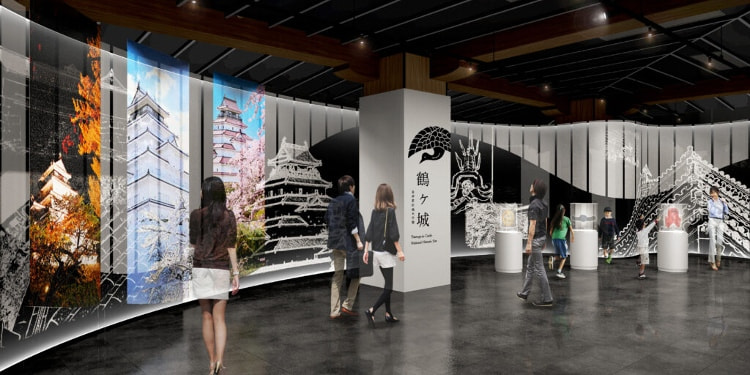
The predecessor of Tsurugajo Castle is said to be the Higashi-Kurokawayakata, built by Ashina Naomori in 1384 (Shitoku 1). In 1593 (Bunroku 2), Gamō Ujisato built the first full-fledged castle tower in eastern Japan and named it "Tsuruga Castle" (pictured). During the Boshin War of 1868 (Keio 4), it withstood a month-long of fierce attacks by the forces of the new government and gained a reputation as an impregnable fortress. By 1874 (Meiji 7), all the buildings, including the castle tower, were demolished. However, in 1965 (Showa 40), the castle tower was reconstructed, and during the Heisei era, the tea house and corner towers were also restored. In 2011 (Heisei 23), the roof tiles were replaced with red tiles resembling those from the end of the Edo period. The castle tower underwent renewal in April, 2023.
DATA
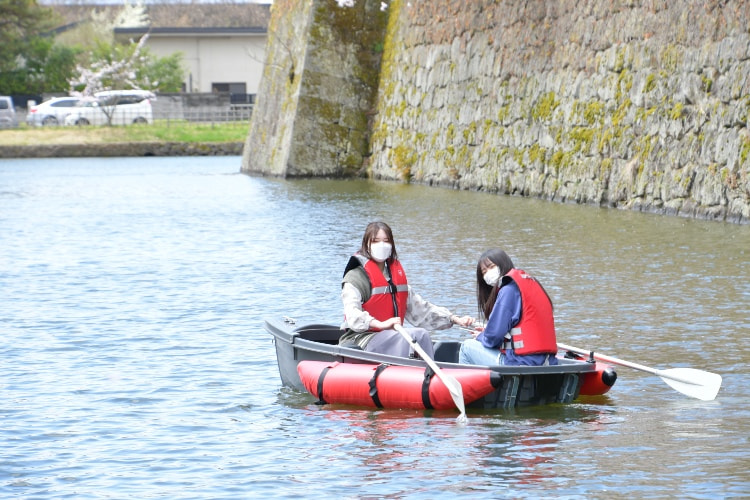
"Michi-no-eki Teien-no-sato Houchi" in Sanjo city Pride of the Town Specializing in Gardening and Landscaping: 'See, Touch, and Enjoy' Roadside Station.
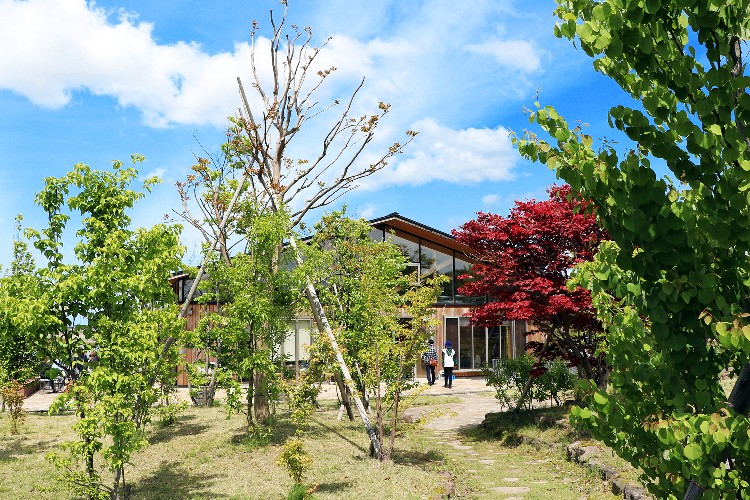
The horticultural culture of Honai is said to have been developed in the early 18th century when the villagers accompanying the magistrate who went to Edo, where the residence of the Tokugawa family was located, learned about tree care and grafting methods and spread the knowledge upon returning to the village. Just as the Sanjo metal industry developed to compensate for flood damage, Honai's horticulture also became a thriving industry that supported the village's livelihood, becoming more and more known in the neighboring areas by the late 18th century. "Michi-no-eki Teien-no-sato Honai" (pictured) is a roadside station where you can enjoy landscaping and horticulture.
DATA
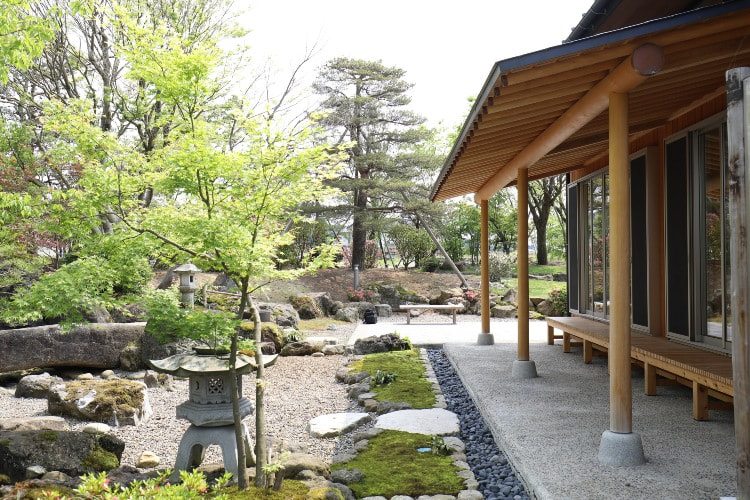
Feel the Enduring Beauty of Japan. A Journey through Castles and Gardens with the Splendor of Seasonal Landscapes in Eastern Japan.
In this article, we explored a trail in Japan including the exploration of castles and leisurely strolls through Japanese gardens. Please note that the Hachinohe Nambu Clan Garden is open to the public only twice a year, so be sure to check the opening dates in advance.
- All prices in the article include tax. Prices are subject to change without notice.
